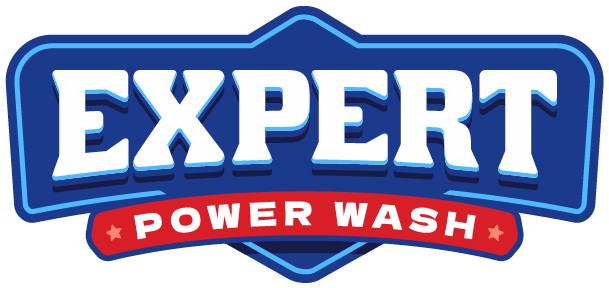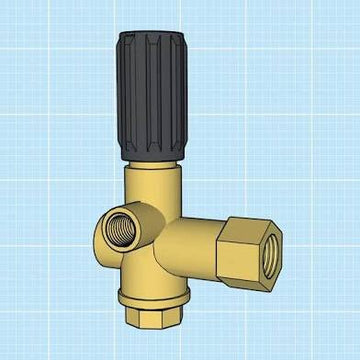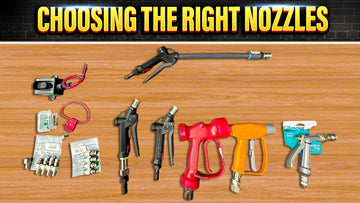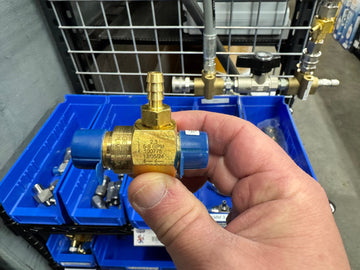Adjusting Your Unloader by Selecting the Right Nozzle for Your Pump
Essential Guidelines to Follow
Understanding and adhering to a few vital rules is crucial for the effective operation of your pump. Neglecting these guidelines can result in unnecessary complications and repairs.
First Rule: Familiarize Yourself with the Maximum Operating Specifications
Knowing the specifications of your pump is the foundational step in ensuring it operates efficiently.
Second Rule: Do Not Exceed Specifications
Always operate within the limits set by the manufacturer.
Third Rule: Avoid Nozzles That Allow Exceeding Maximum Pressure
Selecting the wrong nozzle can compromise your pump’s performance.
Fourth Rule: Once the Ideal Nozzle is Found, Stop Adjusting the Unloader
After identifying the correct nozzle that delivers the desired pressure, remove the adjusting knob to prevent future modifications.
Fifth Rule: Lower Pressure with Larger Nozzles
Should you need to reduce the pressure, opt for a larger nozzle instead of adjusting down the perfect size you previously determined.
Understanding the importance of selecting the appropriate nozzle is pivotal not just for adjusting your unloader but also for enhancing the longevity and performance of your equipment.
Common Mistakes
Many distributors and contractors fail to grasp these concepts, which often leads to premature equipment failure and increased downtime. By following these guidelines, you can significantly reduce these risks.
Now, let's focus on selecting the right nozzle for your pump.
Selecting the Right Nozzle
For instance, if you purchase a pump rated for 5.6 GPM at 3,500 PSI, your first step is to determine the correct nozzle size required to achieve those specifications. A nozzle chart may suggest a specific size, but you should be cautious, as manufacturers sometimes exaggerate their products’ capabilities.
Before adjusting the unloader, remove any chemical injector from the system. Connect your hose and gun, and install the nozzle indicated by the chart.
Start the engine and hold the trigger gun open. Gradually turn the adjusting knob to increase pressure while closely monitoring the gauge. A pressure gauge is essential; without one, you won't be able to measure your results accurately.
Continue adjusting until you reach the rated pressure—3,500 PSI in this scenario. If the pressure exceeds this point upon further adjustment, it indicates you have selected an incorrect nozzle. Try larger nozzle sizes until you find the appropriate one.
Many people wonder how to decrease pressure without adjusting the unloader. If your ideal nozzle is the correct size, simply switch to a larger nozzle for lower pressure requirements, such as a larger #10.0 or #12.0 nozzle.
Avoid Adjusting Pressure through the Unloader
Reducing pressure by turning down the unloader is counterproductive. It circumvents necessary water flow and can significantly impact cleaning efficiency, diminishing flow rates and potentially increasing cleaning times by up to 40%.
Essential Tools for Monitoring Performance
To effectively monitor and maintain your equipment, you'll need a few basic tools:
1. Pressure Gauge: This should be rated for at least 1.5 times the pump’s maximum pressure. For a pump rated at 3,500 PSI, you’ll need a gauge rated for at least 5,250 PSI.
2. Engine Tachometer: To optimize your pump's performance, ensure your engine runs at the correct RPM, typically around 3,600 RPM for pressure washing operations. Insufficient RPM can lead to a loss of horsepower and subpar pump performance.
Adjusting the Flow Actuated Unloader
Make adjustments while the pressure washer is operational and the trigger gun is closed. Loosen the jam nut and fully turn the adjusting bolt into the unloader body. For flow actuated unloaders, turning the bolt outwards raises pressure. Adjust by turning one complete revolution at a time, then opening the gun and waiting several seconds before measuring the pressure.
Adjusting the Pressure and Compensating Unloader
For unloaders with knob adjustments, keep the knob turned out to its maximum and start with minimal spring tension. If using an adjusting nut, loosen the jam nut first and begin with the nut screwed out. Progressively turn the knob or nut clockwise until the desired pressure is achieved, avoiding full compression of the spring to prevent damaging pressure spikes when the trigger gun is closed.
By following these guidelines and understanding the importance of the right nozzle, you can enhance the efficiency and longevity of your pump while minimizing unwarranted repairs.




